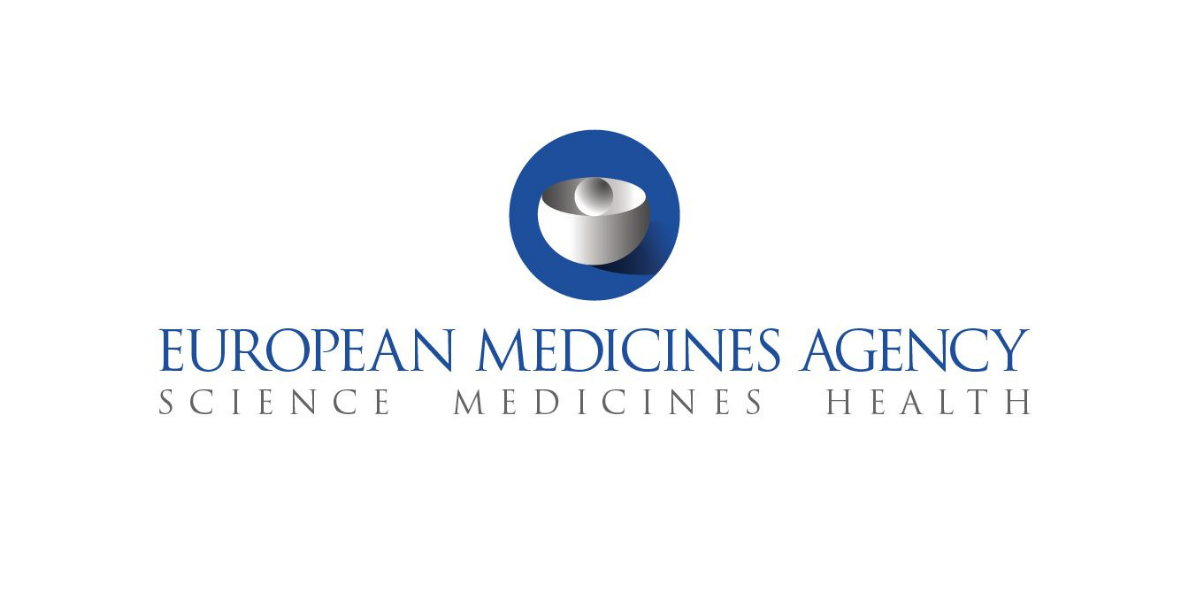The European Medicines Agency (EMA) has published for public consultation a draft toolbox guidance on scientific elements and regulatory tools to support quality data packages for PRIME marketing authorisation applications.
The EMA launched the PRIME scheme to enhance support for the development of medicines that target an unmet medical need. This voluntary scheme is based on enhanced interaction and early dialogue with developers of promising medicines, to optimise development plans and speed up evaluation so these medicines can reach patients earlier. To be accepted for PRIME, a medicine has to show its potential to benefit patients with unmet medical needs based on early clinical data.
Experience to date has shown that applicants face challenges to complete quality and manufacturing development and data requirements during development of medicines for early access. This document provides guidance, in a ‘toolbox approach’, by summarising scientific elements and regulatory tools, available in the existing EU regulatory framework, that can be applied to support the development and completion of Module 3 quality data packages in the preparation of marketing authorisation applications of designated PRIME medicinal products.
The scope of this document is on medicinal products that have received PRIME designation by the Committee for Medicinal Products for Human Use and includes medicinal products containing chemical, biological and/or biotechnologically derived substances and Advanced Therapy Medicinal Products.
It is recognized that some of the tools described in this document may be considered on a case by case basis, and prior to agreement with regulators, for other products intended for early access that address an unmet medical need.
Comments should be provided using this template and sent to QWP@ema.europa.eu by 31 July 2021.
The EMA may collect and further process some personal data of stakeholders and interested parties who submit contributions to the consultations. For more information, see Specific privacy statement for public and targeted consultations.






